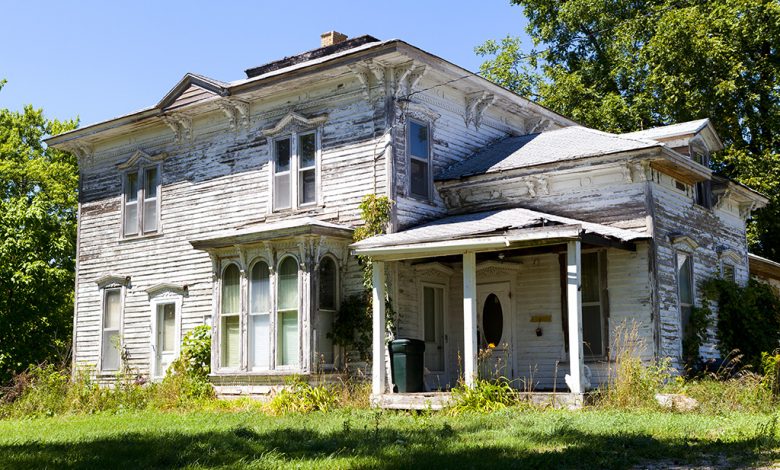
8 Mistakes To Avoid When Buying An Old House in 2024
There’s something to be told about the elegance and craftsmanship that purchasing an old home brings to your life. There is also something to be explained for certain disasters that could be hiding behind any corner. Yes, buying an old house has several advantages, but it also has its reasonable share of what-ifs that you’ll expect to take into deliberation.
We love old houses and all the beauty and quality they get – the wooden doors and bricks. However, we also need to be familiar with the problems we can dive into when buying one. Check out the website boon-vastgoed.nl for more details. Not all situations are deal-breakers, but they are significant to maintain when assessing living in an old cottage.
To benefit you, do your due persistence before bringing your soul to a traditional house. Here are the most popular situations to check out before you buy a home.
1. Foundation problems
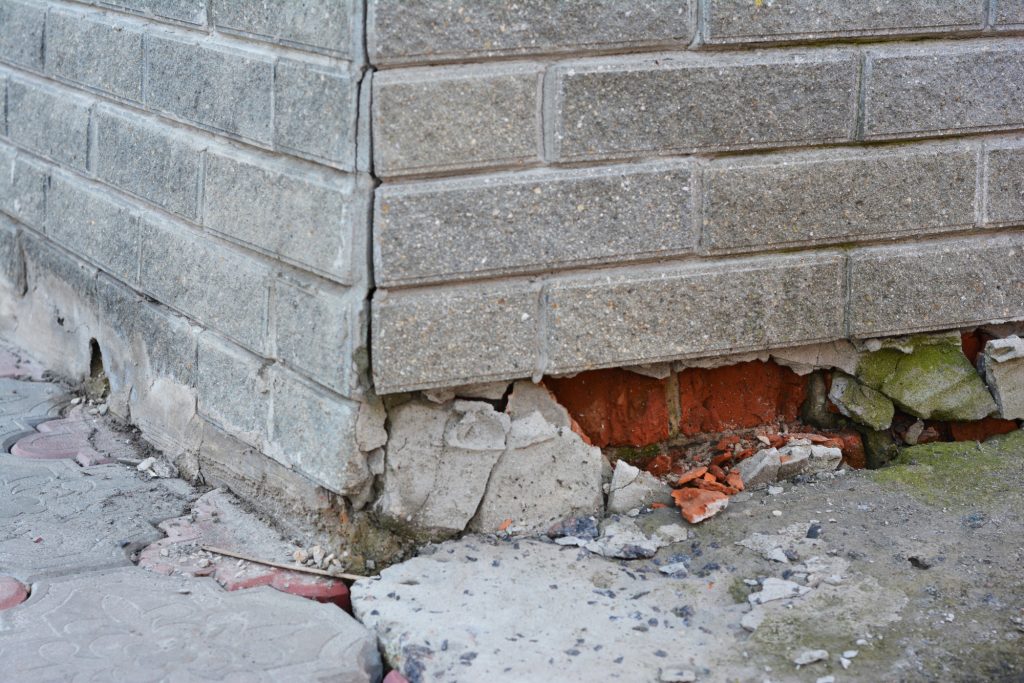
Foundation problems in former residences are widespread and must be communicated to keep the house livable. They can differ from minor settlement breaks to deteriorated support floors, which can be very expensive.
The purpose of your core problems can vary anywhere from regular wear and tear due to use. It’s good to have a structural architect come out to assess the deterioration or damage and establish a restoration technique.
2. Outdated electrical
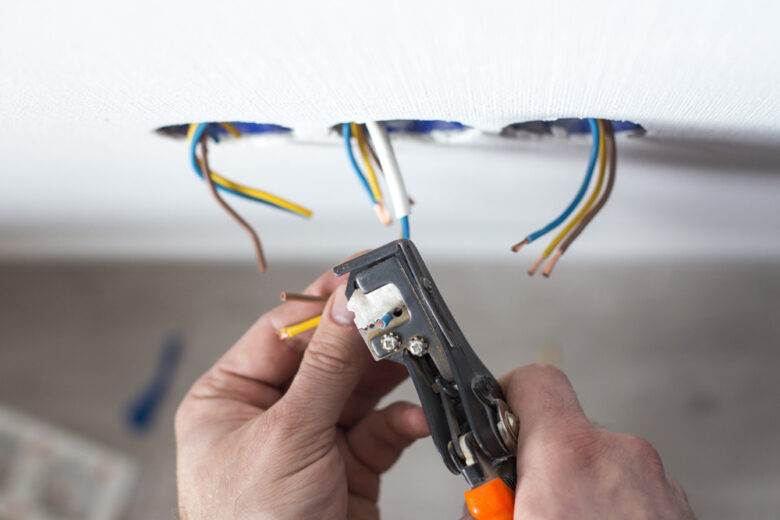
When residing in a former cottage, it is almost a warranty you will require to revamp your electrical circuits before moving in.
Wiring created before 1960 lasts longer for about 65 years. Service cabinets need to be revamped after 50 years and circuit breakers after just 40 years. A certified specialist should investigate the electrical, and if any improvements need to be put together, you should engage in a skilled and professional electrician for your safety.
3. Outdated Features and Layouts
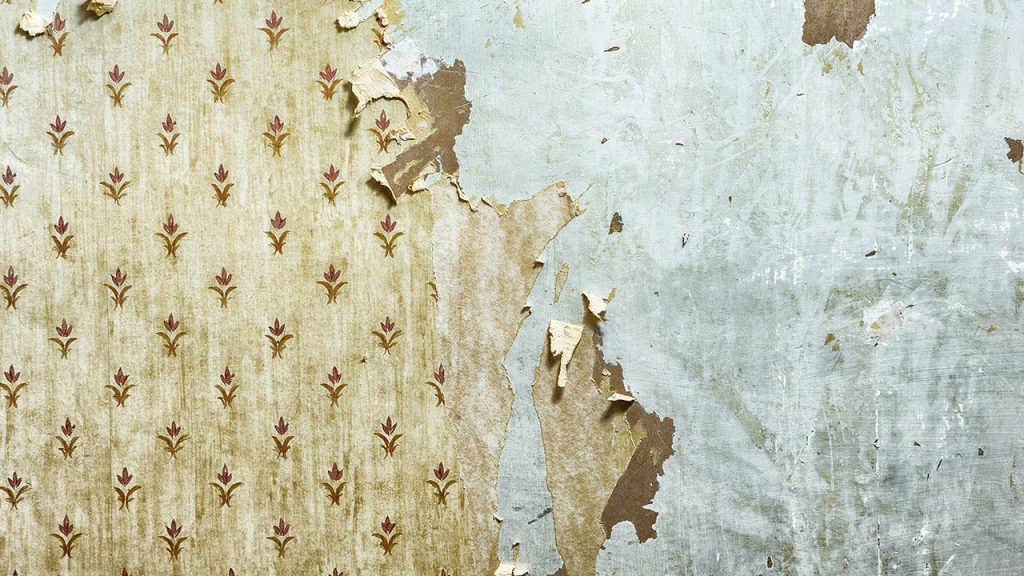
Older homes do not often brag about the ever-popular open concept we see on DIY shows, but that does not mean you can not attain that setup. Many homes have wallpaper in every room, well-designed ceilings, small kitchens and large backyards.
These problems are commonly curable with a reasonable budget and responsible contractor. If you choose to buy the house, you can schedule to initiate one room to renovate. Plus, revamping an old home and developing it on your own can also be suitable for resale.
You can renovate the house as you wished for by hiring professional architects.
4. Toxic gases impacting air quality
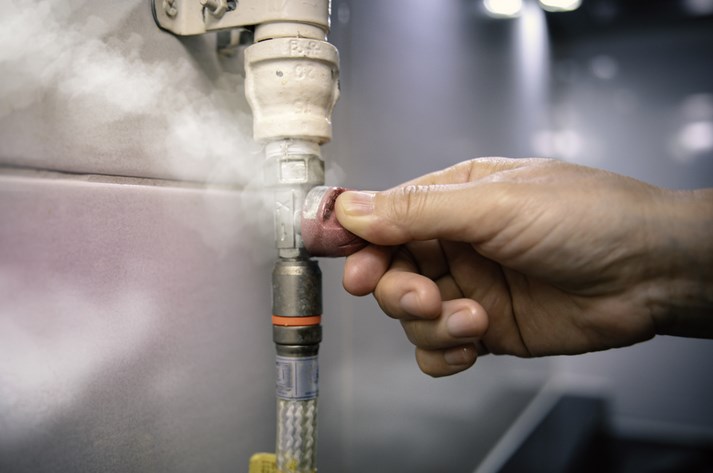
Radon and carbon monoxide are typically found in former residences and are colorless and tasteless fumes – which can be risky!
However, radon is not harmful; it is one of the causes of lung cancer for people who do not smoke. But exposure to it is not recommended. The gas appears from the natural deterioration of uranium in the mud enclosing the foundation of your residence and, if found, will need to be mitigated by an expert.
Carbon monoxide can be affected by leaking from a gas stove, microwave, HVAC operation or dryer and can result in headaches, dizziness, shortness of breath and eventually loss of life.
Before walking into a new house, make sure to test the substances mentioned above. Once you have shifted, be clear to establish new carbon monoxide detectors on every floor.
5. Damaging roof
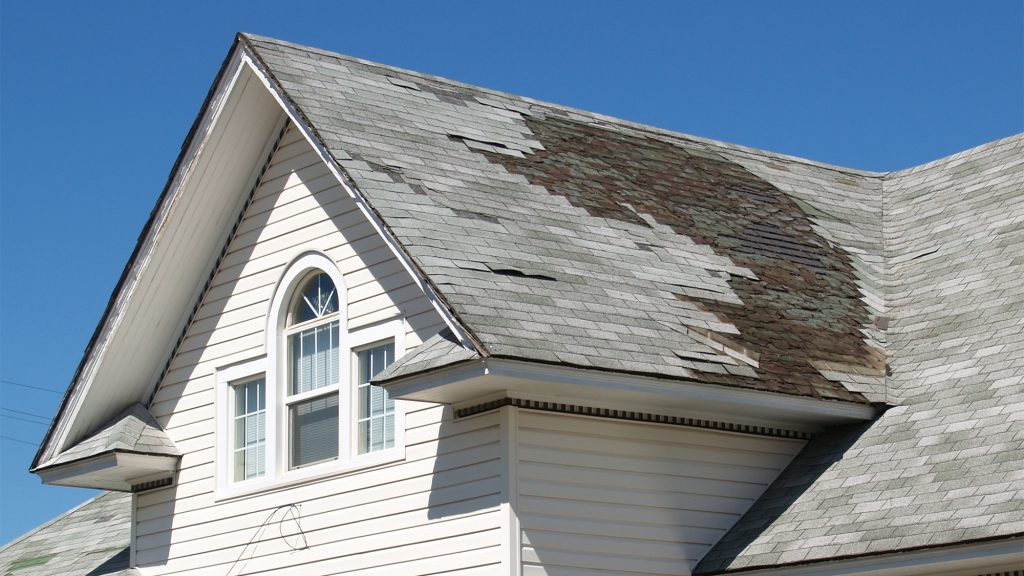
One of the most extensive typical old home troubles is the ceiling. While several categories of shingles have various lifespans, it relies on the climate, supervision record, structure excellence and roof quality.
Critique our ceiling supervision list to accustom yourself with what to look for, and then contact an experienced home inspector to examine your roof and what improvements it may require.
6. Plumbing issues
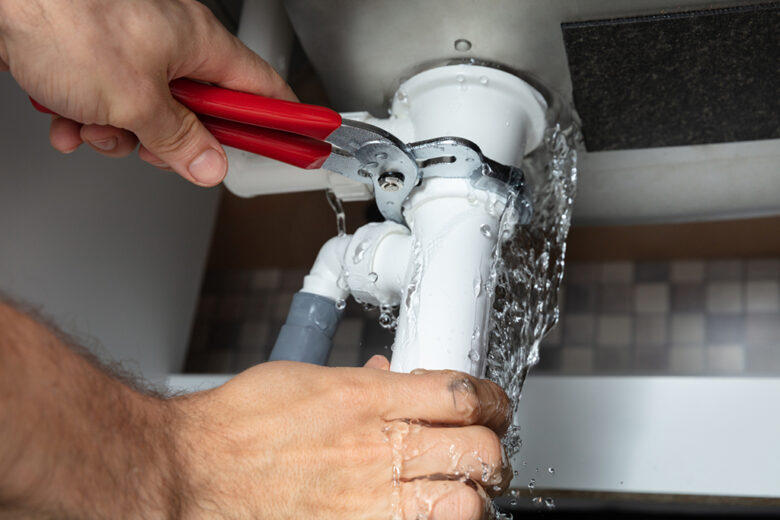
Lead paint is not the only lead substance you should be concerned about when residing in an old home. Your pipes can also include the substance and as they get older and deteriorate, elements of lead can come out in your drinking water. In improvement to lead, lookout for pipes created out of polyethylene material. They are tolerant to getting destroyed by bleach and other chemicals, the cracking.
Another problem that appears while purchasing an older residence is that trees may have roots in the bottom growing into the plumbing system underground, resulting in cracks in the wall. Make sure you contact the house inspector or a trained plumber to examine the piping system of your house.
Maintaining a sound plumbing system is essential for every household.
7. Unsafe building equipment

Most of the aged residences established before 1978 contain both lead-based lacquer and asbestos. Before purchasing or moving forward into a house built at this time, make sure to have it reviewed for both dangerous substances since the bare eye can glimpse neither.
The lead pigments can potentially result in life-threatening injury in kids and grown-ups, so if your new home has lead substances, then better make sure to spend on professional disposal services.
Asbestos was previously contemplated as an incredible insulator, but eventually, it has been verified to result in respiratory issues, occasionally causing lung cancer. Asbestos can be observed in former pipes, walls and crawl spaces. Professional disposal is also recommended and can fluctuate in price established on the duration of the procedure.
8. Energy inefficiency

One of the best parts of the beauty of your old house can be the magnificent old windows, but during the winter season, you might be having more opinions. Before you hurry out to remove the old windows of the building you came with, you furthermore have the choice to maintain the significant beauty by adding storm windows to improve energy efficiency.
Most of the old houses are created without insulation. Have an experienced specialist specify precisely what the current home has and what it requires to be further energy efficient. Maintenance of these two elements before shifting in can support and prevent your home’s bills. It will help you feel satisfied throughout every season.




